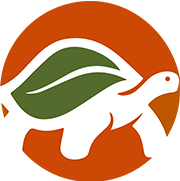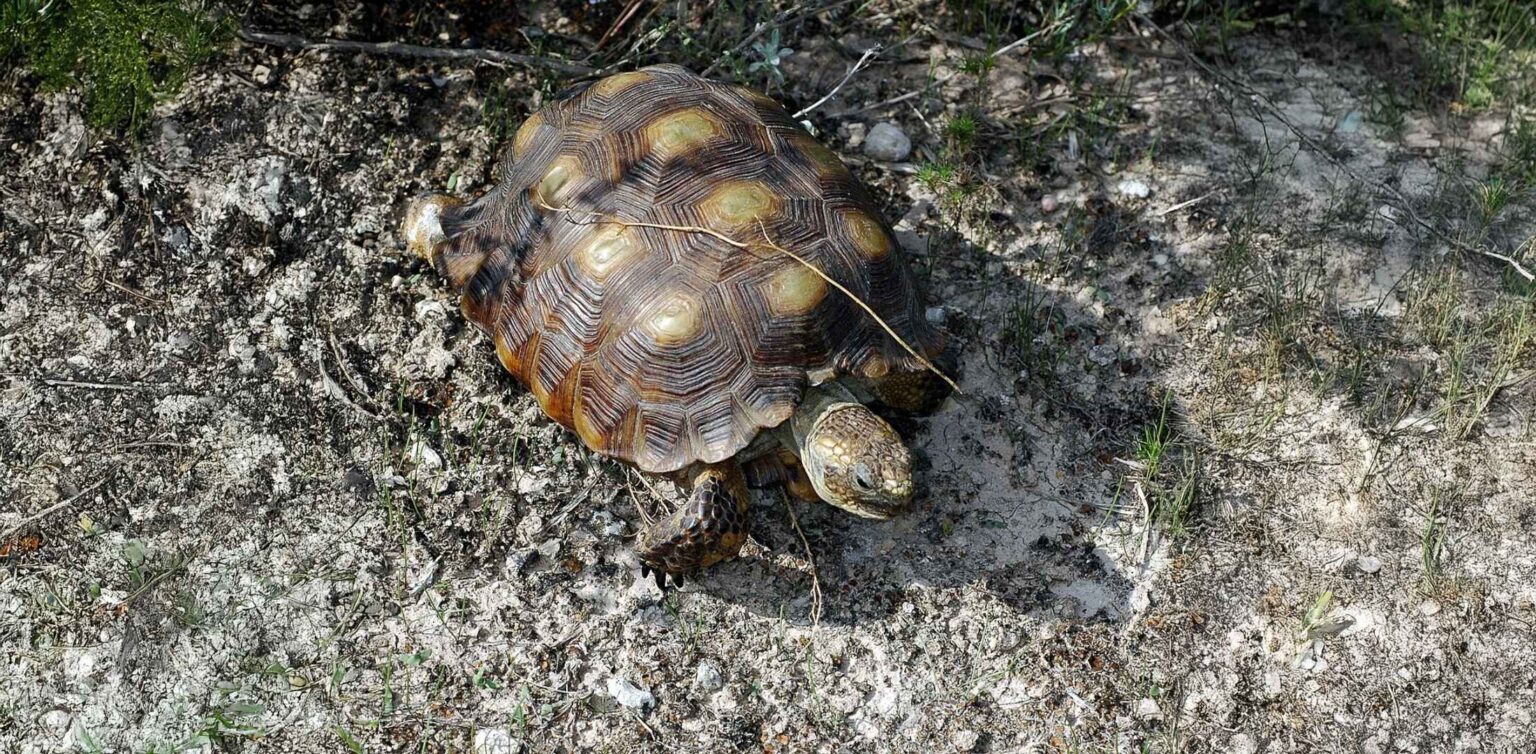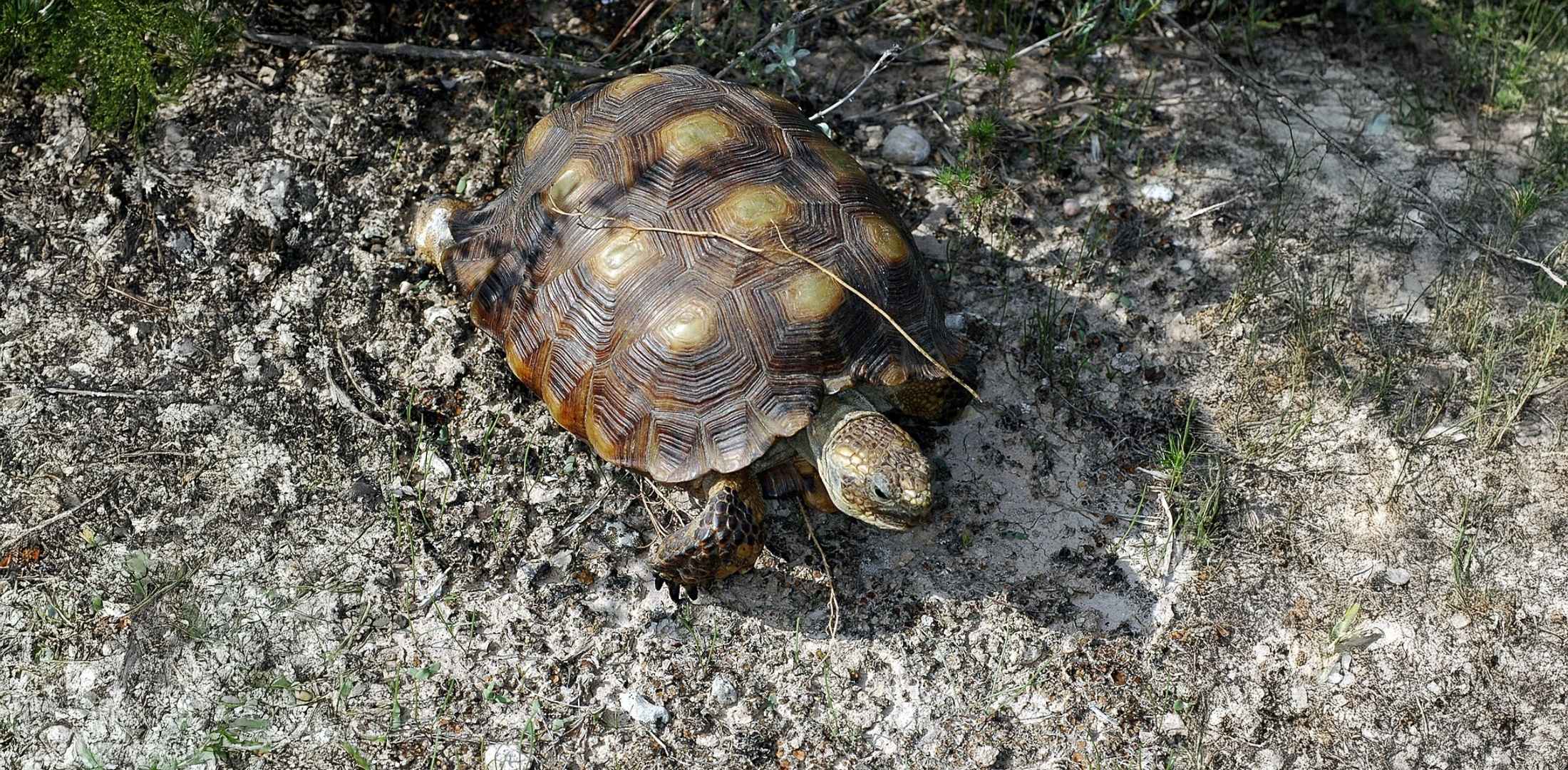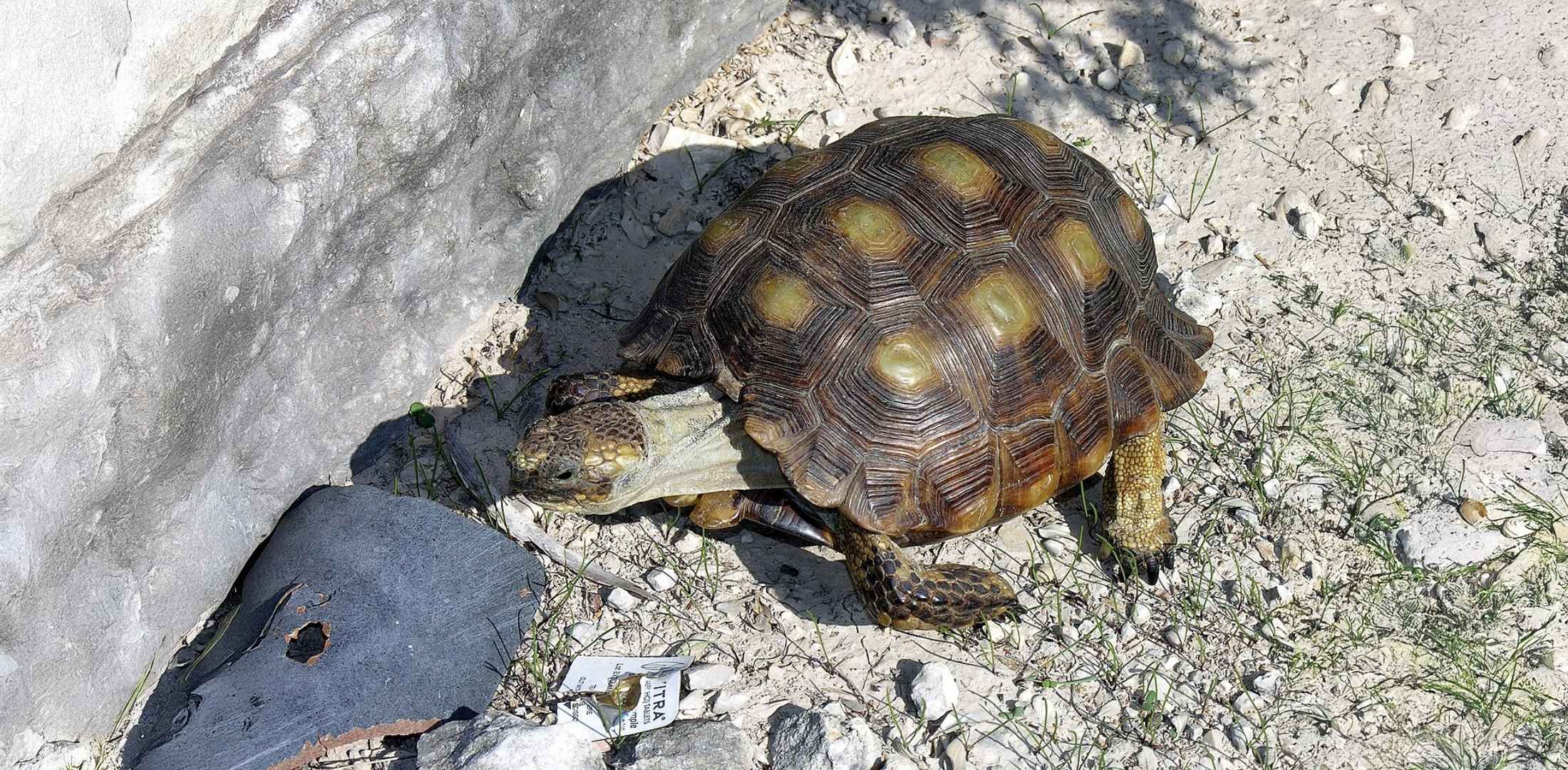The Texas tortoise (Gopherus berlandieri), native to the Rio Grande Valley, plays a crucial role in maintaining the health and balance of this unique ecosystem. These fascinating creatures contribute in multiple ways to the environment, making them essential for the ecological integrity of the region.
A Vital Component of the Ecosystem
The Rio Grande Valley, also known as the Lower Rio Grande Valley, is a region characterized by its diverse landscapes, including semi-arid brushlands, prairies, and subtropical environments. The Texas tortoise thrives here and contributes to the ecosystem in several essential ways.
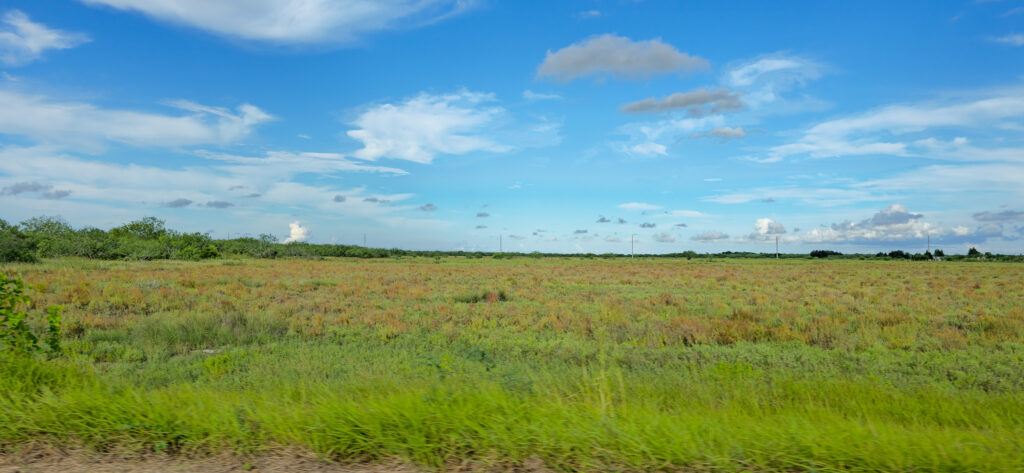
Seed Dispersal
Texas tortoises consume a variety of plants, fruits, and cacti, such as prickly pear (Opuntia spp.), wildflowers, and grasses. As they feed, they disperse seeds through their feces, which helps to maintain plant diversity and promote the growth of native vegetation. This seed dispersal is crucial for the regeneration of the ecosystem, especially in areas affected by habitat degradation. Without the Texas tortoise, many plant species might struggle to reproduce and spread, leading to a less diverse and less resilient ecosystem.
Soil Aeration and Fertility
The burrowing behavior of Texas tortoises has a significant impact on soil health. By digging burrows, they aerate the soil, allowing for better water infiltration and root growth. This process is essential for maintaining healthy soil structure and promoting plant growth. Additionally, their burrows serve as microhabitats for other organisms, such as insects, small mammals, and reptiles. The presence of these burrows increases soil fertility and contributes to the overall health of the ecosystem. The burrows also act as natural composters, as the organic material left behind by the tortoises enriches the soil.
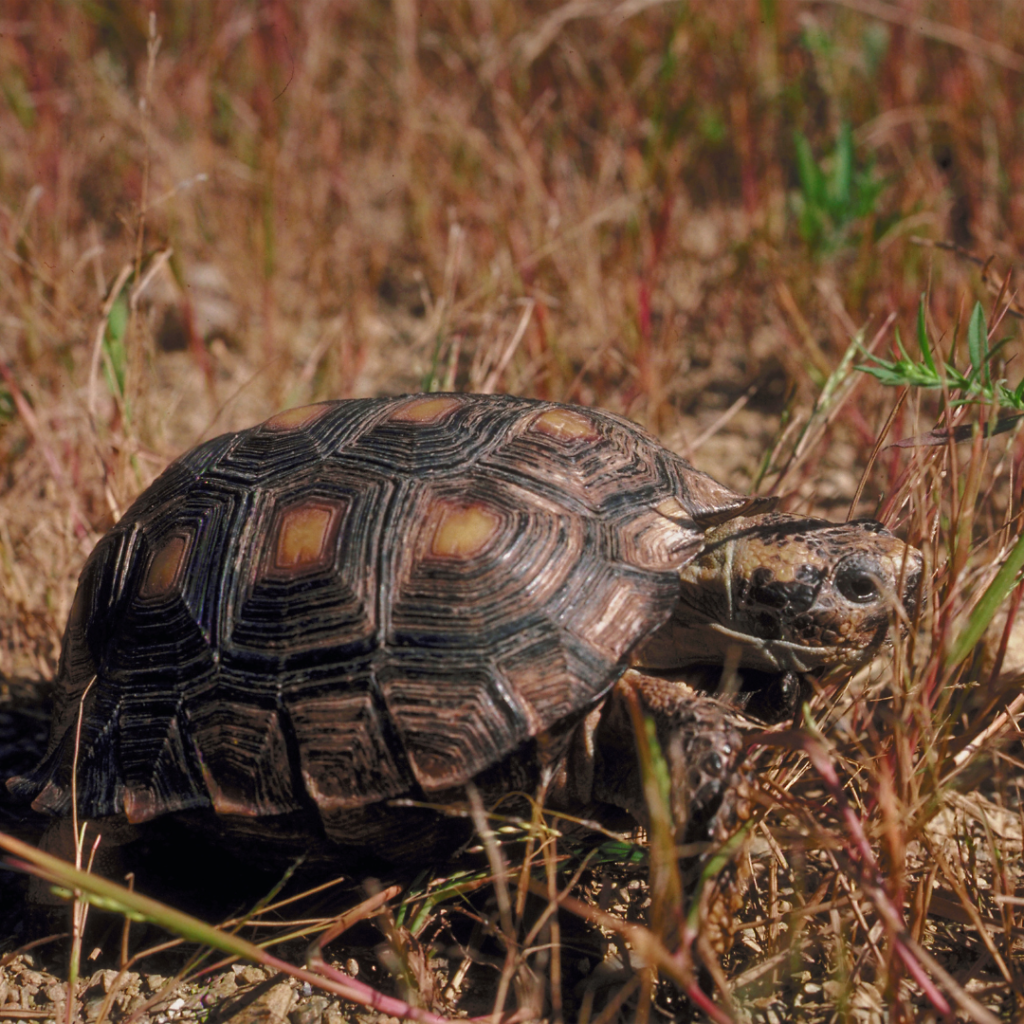
Nutrient Cycling
As Texas tortoises consume various plants, they contribute to nutrient cycling within the ecosystem. Their feces enrich the soil with organic matter and nutrients, supporting the growth of vegetation and maintaining soil health. This nutrient cycling is vital for sustaining the productivity of the ecosystem. The decomposition of tortoise feces releases nutrients back into the soil, which are then taken up by plants, creating a continuous cycle that supports the entire food web.
Food Source for Predators
Texas tortoises are an essential part of the food web in the Rio Grande Valley. Predators such as coyotes, bobcats, birds of prey, and snakes rely on tortoises as a food source. This predator-prey relationship helps to regulate populations and maintain a balanced ecosystem. The presence of tortoises ensures that predator populations remain stable, which in turn controls the populations of other prey species, maintaining the delicate balance of the ecosystem.
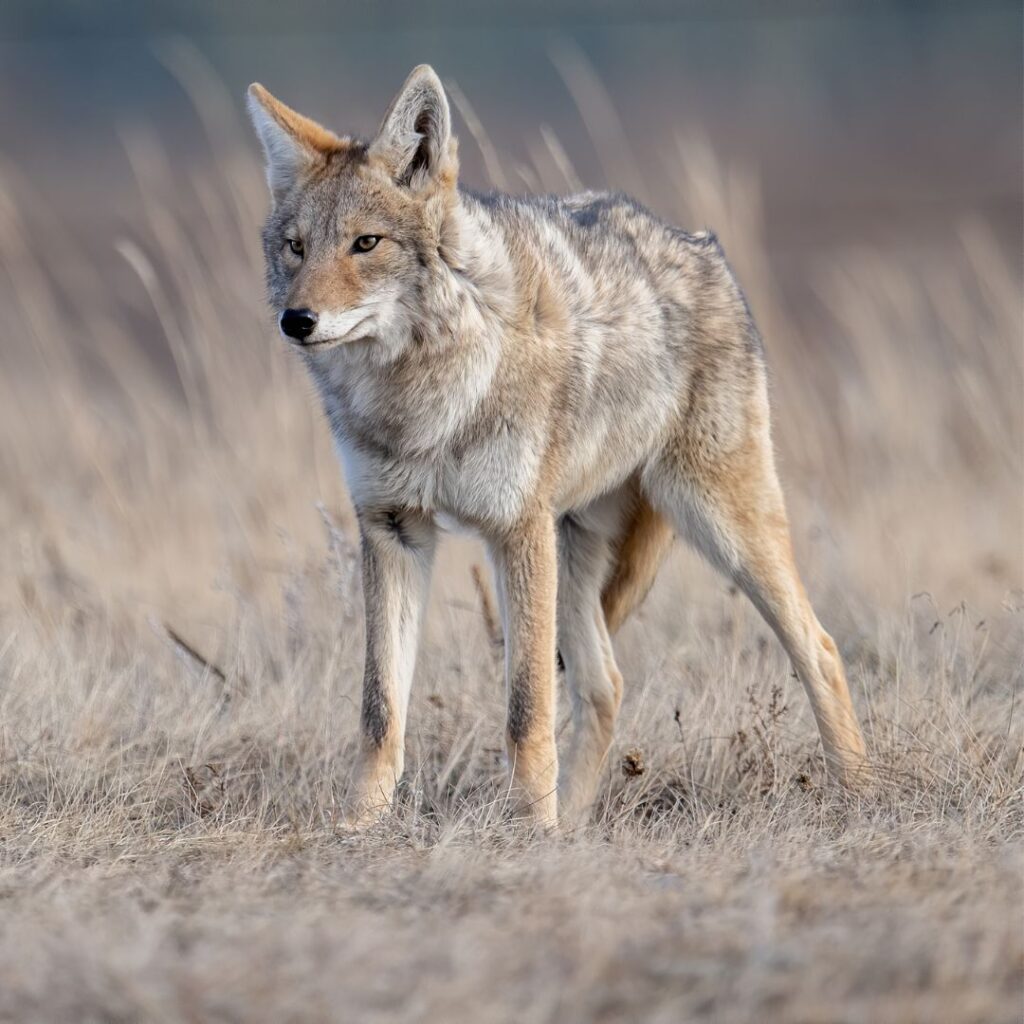
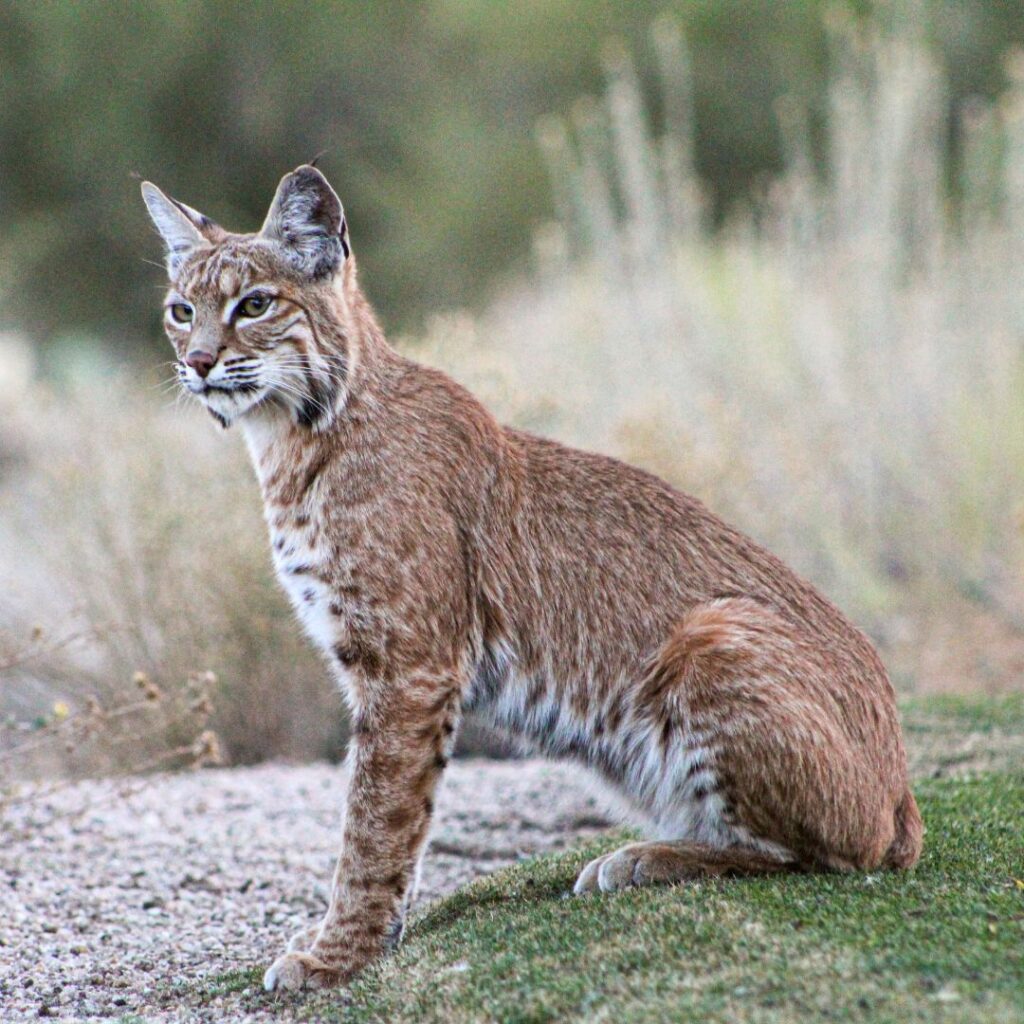

Burrow Sharing
The burrows created by Texas tortoises are not just homes for them but also provide shelter for other species, including burrowing owls, rodents, and various invertebrates. This shared use of burrows enhances biodiversity and supports a wide range of species within the ecosystem. These burrows offer protection from predators and extreme weather conditions, creating safe havens for many creatures. The burrowing activity of tortoises can also improve the distribution of water in the soil, benefiting plant growth and supporting a variety of other species.
Thermoregulation
The burrows help Texas tortoises regulate their body temperature by providing a cool refuge during the hot summer months and a warm shelter during the colder seasons. This thermoregulation is vital for their survival and overall well-being. By using their burrows to escape extreme temperatures, tortoises can conserve energy and reduce stress, which contributes to their health and longevity. This behavior also highlights the importance of preserving their natural habitat, as the loss of suitable burrowing sites could have detrimental effects on tortoise populations.
Indicator Species
The health and population dynamics of Texas tortoises serve as indicators of the overall health of the ecosystem. A thriving tortoise population suggests a well-balanced and healthy environment, while a declining population can signal ecological issues that may need to be addressed. Monitoring tortoise populations can provide valuable insights into the impacts of environmental changes, such as habitat loss, climate change, and human activities. By protecting the Texas tortoise, we are also safeguarding the broader ecosystem and ensuring the well-being of many other species.
The Texas tortoise is not just an important species in the Rio Grande Valley; it is a symbol of the region’s natural heritage and ecological resilience. By supporting conservation efforts and raising awareness, we can ensure that the Texas tortoise remains a vital part of the ecosystem for generations to come.
References:
- Texas Parks and Wildlife Department: Texas Tortoise
- University of Texas Rio Grande Valley: Conservation Efforts
